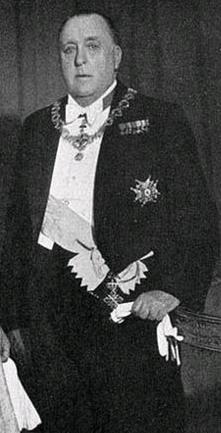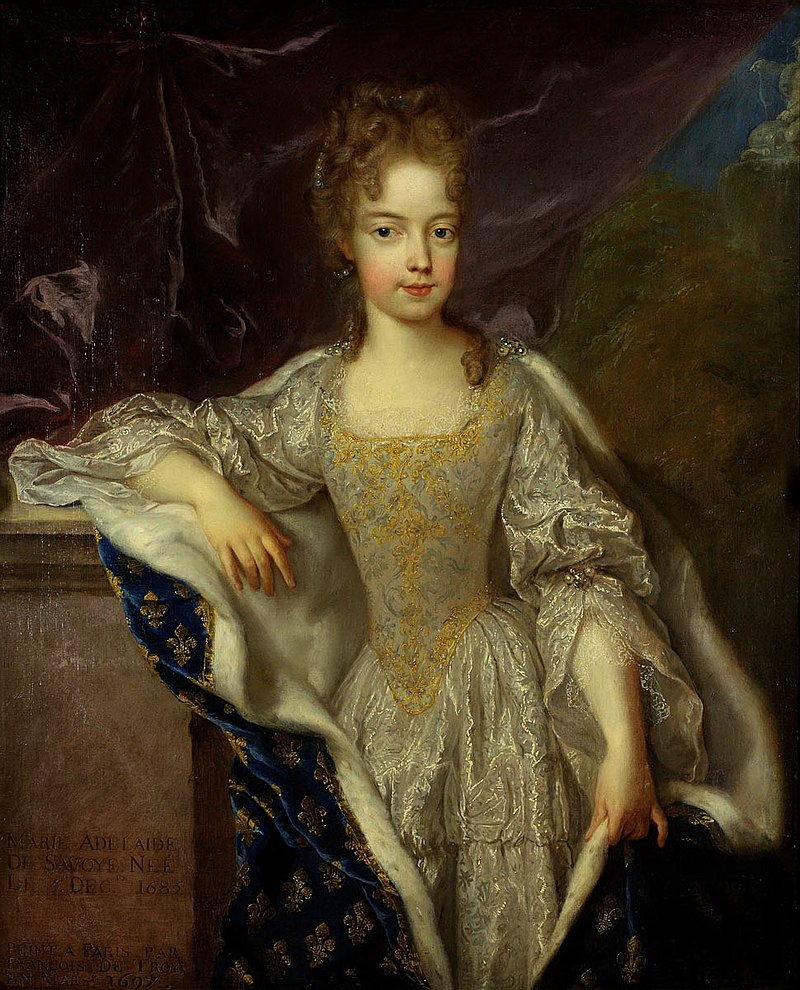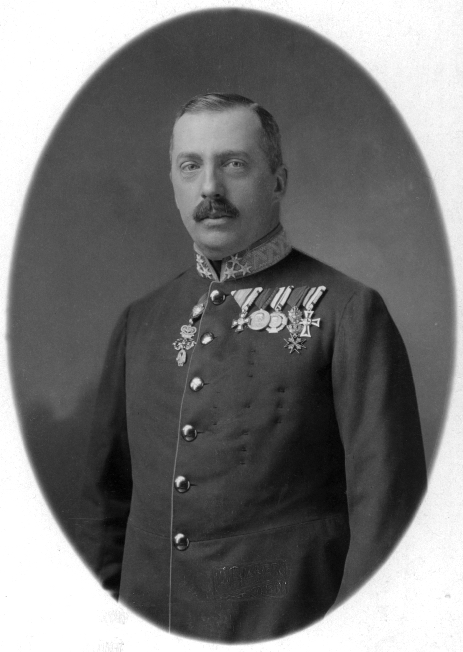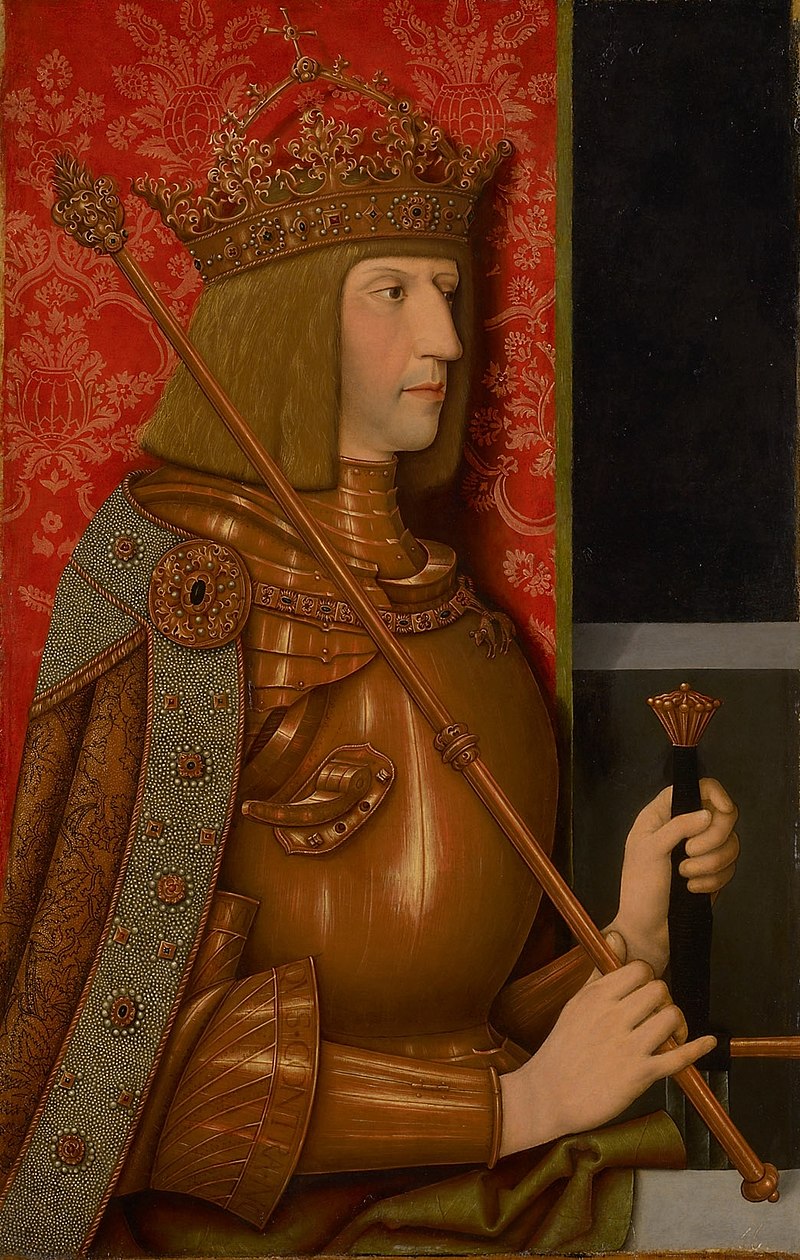by Scott Mehl
© Unofficial Royalty 2023
The Kingdom of the Two Sicilies was located in today’s southern Italy. It included the island of Sicily and all of the Italian peninsula south of the Papal States. Ferdinando I, the first King of the Two Sicilies, had previously reigned over two kingdoms, as Ferdinando IV of the Kingdom of Naples and Ferdinando III of the Kingdom of Sicily. He had been deposed twice from the throne of Naples: once by the revolutionary Parthenopean Republic for six months in 1799 and again by Napoleon in 1805, before being restored in 1816 after the defeat of Napoleon. After the 1816 restoration, the two kingdoms were united into the Kingdom of the Two Sicilies.
Vittorio Emanuele II, King of Sardinia became a driving force behind the Italian unification movement along with Giuseppe Garibaldi, a general and nationalist, and Giuseppe Mazzini, a politician and journalist. Garibaldi conquered Naples and Sicily, the territories of the Kingdom of Two Sicilies. Francesco II, King of the Two Sicilies was deposed, the Kingdom of the Two Sicilies ceased to exist, and its territory was incorporated into the Kingdom of Sardinia. Eventually, the Sardinian troops occupied the central territories of the Italian peninsula, except Rome and part of Papal States. With all the newly acquired land, Vittorio Emanuele II was proclaimed the first King of the new, united Kingdom of Italy in 1861.
********************
Prince Carlos, known as Infante Carlos, Duke of Calabria, was one of the claimants to the disputed headship of the House of Bourbon-Two Sicilies, and pretender to the former throne of the Kingdom of Two Sicilies, from 1964 until his death in 2015.

source: Wikipedia
Prince Carlos Maria Alfonso Marcelo of Bourbon-Two Sicilies was born on January 16, 1938 in Lausanne, Switzerland, the only son of Prince Alfonso of Bourbon-Two Sicilies, Duke of Calabria and Princess Alicia of Bourbon-Parma. He had two sisters:
- Princess Teresa, Duchess of Salerno (1937) – married Íñigo Moreno y Arteaga, Marquess of Laserna, had issue
- Princess Inés, Duchess of Syracuse (1940) – married Luis de Morales y Aguado, had issue
Carlos grew up close with his second cousin, the future King Juan Carlos I of Spain. They attended schools together in Switzerland and Spain, and later attended university together as well. They remained very close and were considered part of the extended Spanish Royal Family.
Carlos first met his wife, Princess Anne of Orléans, in 1961 at his elder sister’s wedding in Madrid. They met again a year later and the wedding of Juan Carlos and Princess Sofia of Greece and a relationship began. However, Anne’s father, Henri, Count of Paris, disagreed with Carlos’s father’s claim to the headship of the House of Bourbon-Two Sicilies. He, instead, supported the claim of Prince Ranieri of Bourbon-Two Sicilies. The dispute revolved around whether Carlos’s grandfather had renounced his rights upon his marriage to the Spanish Princess of Asturias. Henri based his support for Ranieri on his own claim to the French throne on a similar renunciation from Philippe, Duke of Anjou, in 1713. Thus, the Count of Paris refused to consent to the marriage.
It wasn’t until after Carlos’s father’s death in 1964, that Carlos finally convinced the Count of Paris to give his blessing, although he still refused to support Carlo’s claim to the headship of the former royal house. Finally, the couple were married in a civil ceremony on May 11, 1965 and Louveciennes, with a religious ceremony the next day at the Chapelle royale de Dreux. Carlos and Anne went on to have five children:
- Princess Cristina (1966) – married Pedro López-Quesada y Fernández-Urrutia, had issue
- Princess María (1967) – married Archduke Simeon of Austria, had issue
- Prince Pedro, Duke of Calabria (1968) – married Sofía Landaluce y Melgarejo, had issue
- Princess Inès (1971) – married Michele Carrelli Palombi dei Marchesi di Raiano, had issue
- Princess Victoria (1976) – married Markos Nomikos, had issue
Carlos succeeded his father as Duke of Calabria in 1964, and claimed the headship of the House of Bourbon-Two Sicilies. The Senior (Calabrian) Line is considered by most to be the rightful heirs. In 1994, he was created Infante of Spain by King Juan Carlos.
Infante Carlos died in Retuerta del Bullaque, Spain on October 5, 2015. His remains were placed in El Escorial where they will eventually be interred in the Pantheon of Princes. He was succeeded as Duke of Calabria by his son Pedro. Carlos was the last male Infante of Spain.
* * * * * * * * * *
Kingdom of the Two Sicilies Resources at Unofficial Royalty
* * * * * * * * * *
This article is the intellectual property of Unofficial Royalty and is NOT TO BE COPIED, EDITED, OR POSTED IN ANY FORM ON ANOTHER WEBSITE under any circumstances. It is permissible to use a link that directs to Unofficial Royalty.





















